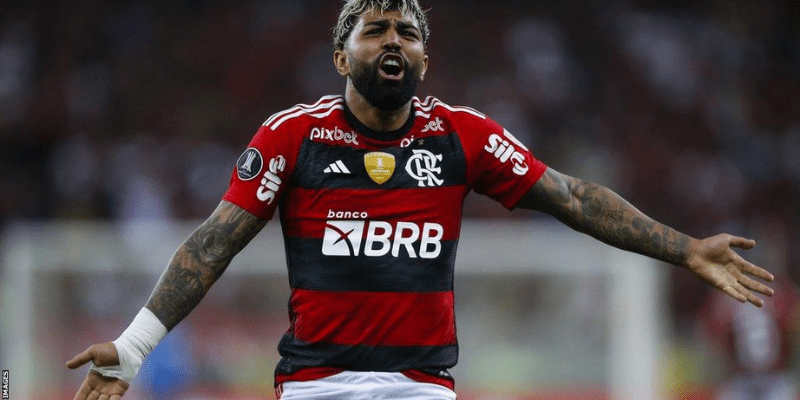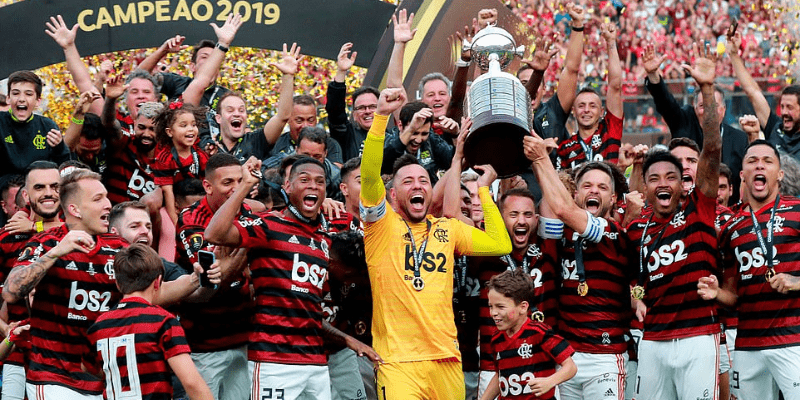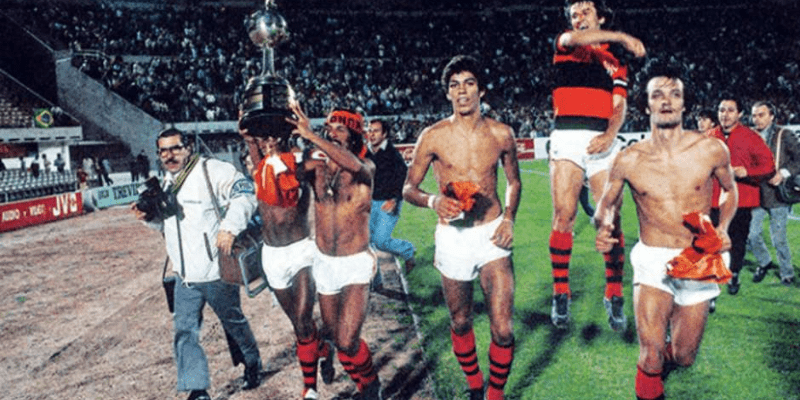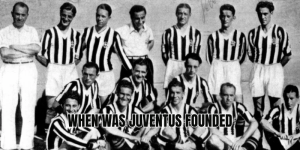There’s something magical about longevity at a single club. In a world where transfers dominate headlines and loyalty can be fleeting, the names who wear a single crest for years become symbols. If you’ve ever asked: who holds the record for the most appearances for Flamengo, you’re delving into the heart of Brazilian football royalty. In this article, KorKick takes you on a journey through Mengão’s legends, their numbers, stories, and the context behind those staggering tallies.
Why Appearance Records Matter

Appearances aren’t just about quantity — they represent trust, consistency, endurance, and the ability to survive changing coaches, lineups, and eras. A player who threads his way through decades at Flamengo has earned something textbook stats can’t fully capture: a spiritual bond with the club and its culture.
For fans, knowing who stepped most often onto Maracanã or witnessed the evolution of Flamengo firsthand isn’t trivia — it’s part of the club’s DNA.
Top Appearance Makers In Flamengo History
Let’s get to the core: who has the most appearances for Flamengo? According to Flamengo’s records and compilations of match data across competitions (league, Copa, state championships, friendlies):
| Rank | Player | Years at Flamengo | Approx. Total Appearances* | Notes |
| 1 | Júnior | 1974–1984, 1989–1993 | ~854 matches | The undisputed appearance king of Flamengo |
| 2 | Zico | 1971–1983, 1985–1989 | ~731 matches | Flamengo’s greatest idol, also top scorer in club history edia]) |
| 3 | Adílio | 1978–1987 | ~611 matches | A key midfield presence in Flamengo’s golden era |
* “Appearances” here typically include all official matches plus state competitions and many recognized friendlies, depending on how Flamengo defines their records.
Júnior — The Immortal Left-back
At the top stands Júnior (real name: Leovegildo Lins da Gama Júnior), the embodiment of Flamengo’s golden era. Over his two stints — first in the 1970s and 1980s, then after a spell abroad — he racked up ~854 appearances for the club across all competitions. That figure puts him firmly ahead of all challengers.
Beyond just longevity, Júnior contributed to multiple state titles, Brasileiro triumphs, continental success, and the 1981 Intercontinental Cup. His versatility (he played left-back, midfield, sometimes central roles) and leadership made him a pillar in the squad for over a decade.
Zico — The King Player
It’s hard to talk about Flamengo legends without mentioning Zico. Though better known as a goalscorer and icon, he also ranks second in overall appearances. His ~731 matches stand testament to his impact, durability, and beloved status among fans.
Zico’s presence spans across trophy-laden years, and his goal-scoring exploits are legendary (he is Flamengo’s all-time top scorer in many sources). But many forget how many times he donned the red and black, match after match, through injury and form.
Adílio — The Unsung Workhorse
Third on Flamengo’s all-time appearances sits Adílio, often overshadowed in narratives but no less essential to the club’s success in the 1980s. Clocking ~611 appearances, he was a midfield engine — steady, reliable, and always present.
While he might not carry as much folklore as Zico or Júnior, his consistency over nearly a decade demands respect.
Other Notable Appearance Legends

Though the top three are clear, Flamengo’s rich history includes many players with high appearance counts worth remembering:
- Leandro: A full-back who featured in over 400 matches, bridging the late 1970s and 1980s flame years.
- Júnior (other careers): Remember, Júnior is often confused with other “Junior” simply named players — make sure you connect the full name.
- Dejan Petković: Though his years at Flamengo were non-consecutive, his iconic status and performance in many matches give him a special place in fans’ hearts. His appearance total is lower but his moments are unforgettable.
Challenges In Counting Appearances
When dealing with historical appearance records, a few caveats must be considered:
- What counts as an appearance? Some records include only “official” matches (league, cup, continental), while others include state championships or even high-profile friendlies. Flamengo’s published numbers tend to include a broad range, including Carioca (state) games.
- Incomplete archival records: Especially for matches in earlier decades or regional/state contests, documentation may be spotty. Clubs sometimes retroactively attach matches to player totals.
- Discrepancies in definitions: Two sources may list slightly differentumbers due to differing criteria (some state-level cups included, some not).
- Return spells and interruptions: Júnior is a prime example — his career at Flamengo was split. Others may have missed seasons abroad, further complicating counting.
Given these factors, published totals are usually best estimates based on the club’s own records and recognized statistical historians.
The Legacy Behind the Numbers

Numbers alone don’t tell the full story; behind every match played lies endurance, loyalty, sacrifice, and emotional connection.
- Júnior was more than a fixture — he symbolized Flamengo’s golden years. He carried the club through domestic turbulence, continental tournaments, and transitions in Brazilian football’s structure.
- Zico brought flair, goals, and identity. His consistency in availability reinforced his status: not just a star, but an ever-present hero.
- Adílio was the glue, rarely flashy but indispensable. His presence was one coaches trusted, game after game.
These players lived through shifting eras — from less commercialized days to football’s modern media-driven age. Their presence in the dressing room, their interactions with fans, the respect they earned — all of that extends beyond what any statistic can capture.
Why This Record Still Matters Today
Understanding who made the most appearances for Flamengo matters for several reasons:
- Cultural heritage: In Brazil and especially at a club like Flamengo, legends are part of collective memory. Knowing these names strengthens the club’s cultural continuity.
- A benchmark for modern players: Current and future Flamengo stars look to these legends as benchmarks of dedication and loyalty.
- Context for comparisons: When newer players approach 200, 300, or 400 matches, fans immediately compare them with the greats. These records form the canon of “what greatness looks like at Flamengo.”
- Narrative in fandom: Fans cherish stories. Knowing that Júnior trod the turf ~850 times gives weight to every chant, every tribute, every plaque and statue.
Final Thoughts
Most appearances for Flamengo isn’t just a statistic — it’s a testament to what football at its best represents: consistency, identity, and passion. In Flamengo’s history, Júnior reigns supreme, wearing the red and black ~854 times across all formats. Behind him, legends like Zico and Adílio carved their own places in the pantheon.
If you’re a Flamengo fan, a lover of Brazilian football, or simply someone who values football heritage, these names and numbers are more than figures — they are pillars of legacy. Keep an eye on emerging talents; maybe one day someone will challenge Júnior’s crown.
Now that you know who holds the most appearances for Flamengo, why not dig into related legends — top goal scorers, title-winning captains, or appearance leaders in a single competition? KorKick will accompany you on that journey too.






